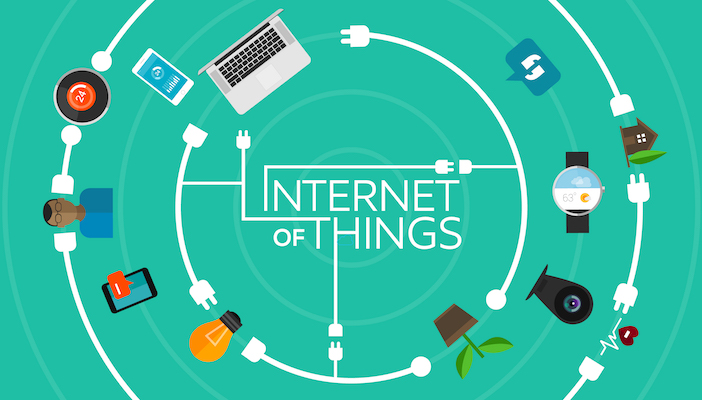Thanks to broadband internet and Wifi, several devices can connect and communicate with each other seamlessly across interconnected networks. Because of this the Internet of Things (IoT) is becoming an interesting topic of conversation in the work environment.
For consumers, IoT is nothing more than a convenience. Consider the fact that we can now switch off the lights in a smart home remotely from a smartphone app and have cars that drive for us.
The business sector cannot afford to take such a passive stance, especially when bottom lines are on the line. To illustrate how serious enterprises are about IoT, consider these stats:
• Global spending on IoT will reach $1.29 trillion by 2020 – IDC
• Forecasts predict a $117 billion connected health market by 2020 – ACT
• Total business spending on IoT will reach $6 trillion by 2020 – Business Insider
Keeping these statistics in mind, it’s pretty safe to say that the Internet of Things is set to change the way we do business. In this post, we will discuss just how IoT is impacting businesses today.
Providing Better Performance

The dictionary defines business optimization as finding an alternative with the highest perceivable and cost effective performance under given constraints. Lately, some industries have started relying on the ability of interconnected “things” or objects to make this possible.
For example, consider businesses in the agricultural industry. Business Insider predicts that the farming industry will need to produce 70% more food in 2050 than it did in 2006 in order to feed the planet’s growing population. To figure out how to make up for this demand, some agribusinesses are relying on the data gathered from connected devices to improve yield in crops and livestock.
To illustrate, consider farming equipment supplier John Deere which connects some of its tractors to the internet. The data gathered gives farmers a better idea about crop yields. The tractors are self-driving which also gives these farmers the time to deal with other tasks thereby increasing efficiency.
Providing More Sales
In an increasingly interconnected world, data is the new currency. Data about customer experience, for instance, lets businesses know which areas they need to improve upon. And the faster they can get their hands on this data, the better.
Lately, online connectivity and sensor technologies are making it possible for enterprises to collect and monitor data concerning factors that affect sales like customer satisfaction and retention.

Consider the retail industry which uses sensors like beacons to alert customer service representatives when people land in their stores. With this technology, retailers can also send promotional material like coupons and more incentives to customers right on their mobile phones. Not only does this spare these businesses from hiring additional customer service representatives to do the same, it also increases chances for sales.
For example, strategically placed beacons in a store’s jewelry department can let retailers know when a customer walks into this space and even which shelves she browses. The retailer can then send this customer a push notification on her phone for special offers on these items.
A lot of major retail brands like Macy’s, Target and CVS are known to use beacon technology to improve in-store customer experiences. Macy’s for example, maximized their in-store traffic during Black Friday by using a beacon driven gaming campaign to make the shopping experience more enjoyable for customers.
Providing Better Healthcare

There is certainly a lot of potential for interconnected things in this particular enterprise. Recent predictions report that the Internet of Things healthcare market is set to hit $117 billion by 2020. But connecting healthcare to the World Wide Web doesn’t only have business benefits, it also saves lives.
Consider the fact that we now have sensor technologies that allows doctors to monitor a patient’s condition remotely and in some cases, even enforce adherence. Adding sensors to medical devices also saves doctors time, time that they can use to treat other patients. Additionally, it spares chronically ill patients from traveling to hospitals in their condition.
There are already some technologies that have made progress in this regard. For example, a smart fluid management solution UroSense allows nursing stations to measure the core body temperature of patients remotely. Another connected device, Propellor Health’s Breezhaler records and transmits usage data to doctors.
Wrapping Up
Improving business performance, driving efficiency, increasing yield, improving customer service, driving sales and providing better healthcare – it’s pretty clear that the Internet of Things is set to change the way enterprises work.
Author Bio
Farheen Shahzeb is a content strategist and digital marketer from Cygnis Media. An avid writer and tech enthusiast, her responsibilities involve penning compelling and informative posts on topics like enterprise app development, software design, user experience, and web application development.



Be the first to comment on "The Internet of Things and the Enterprise"